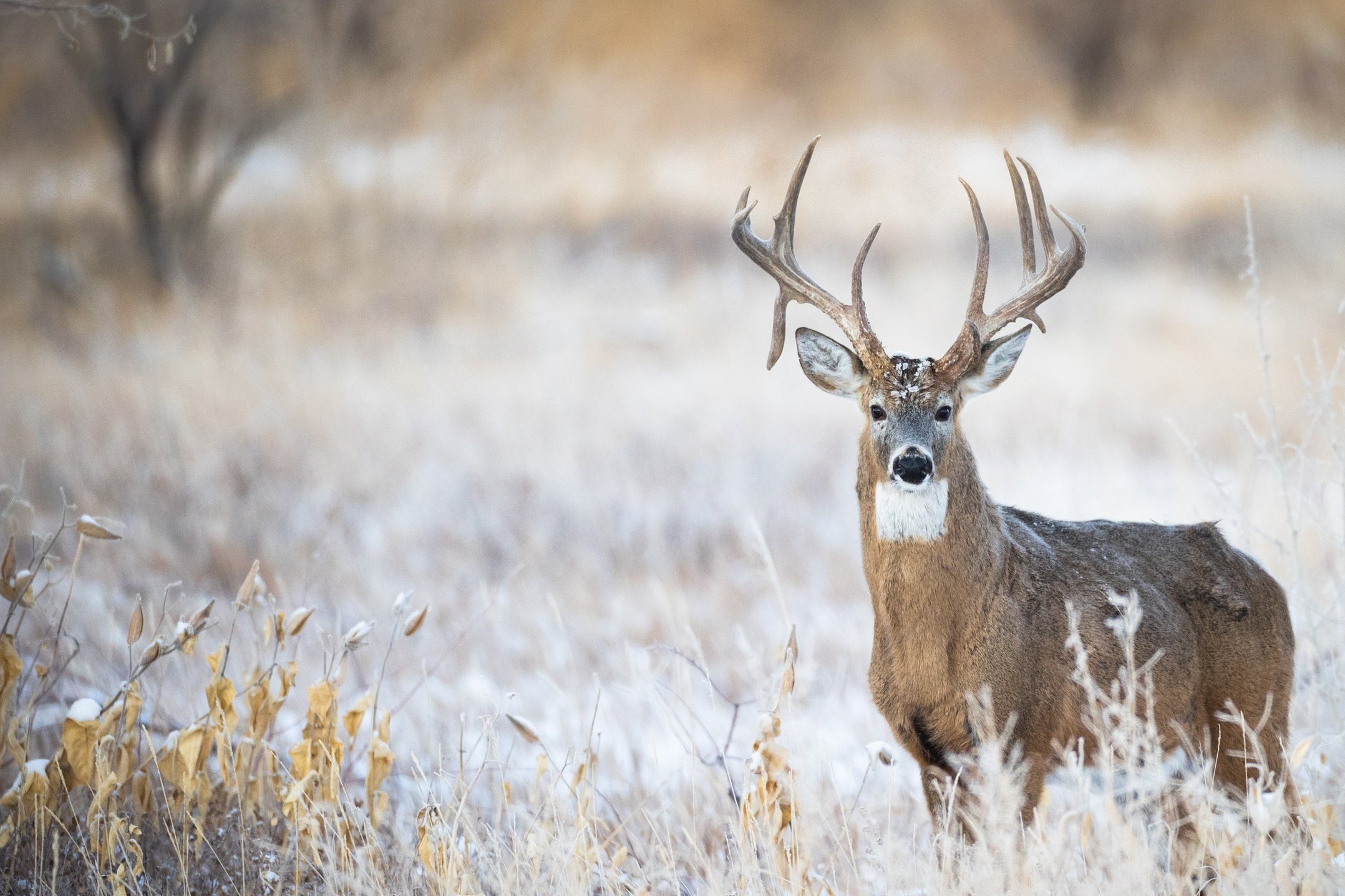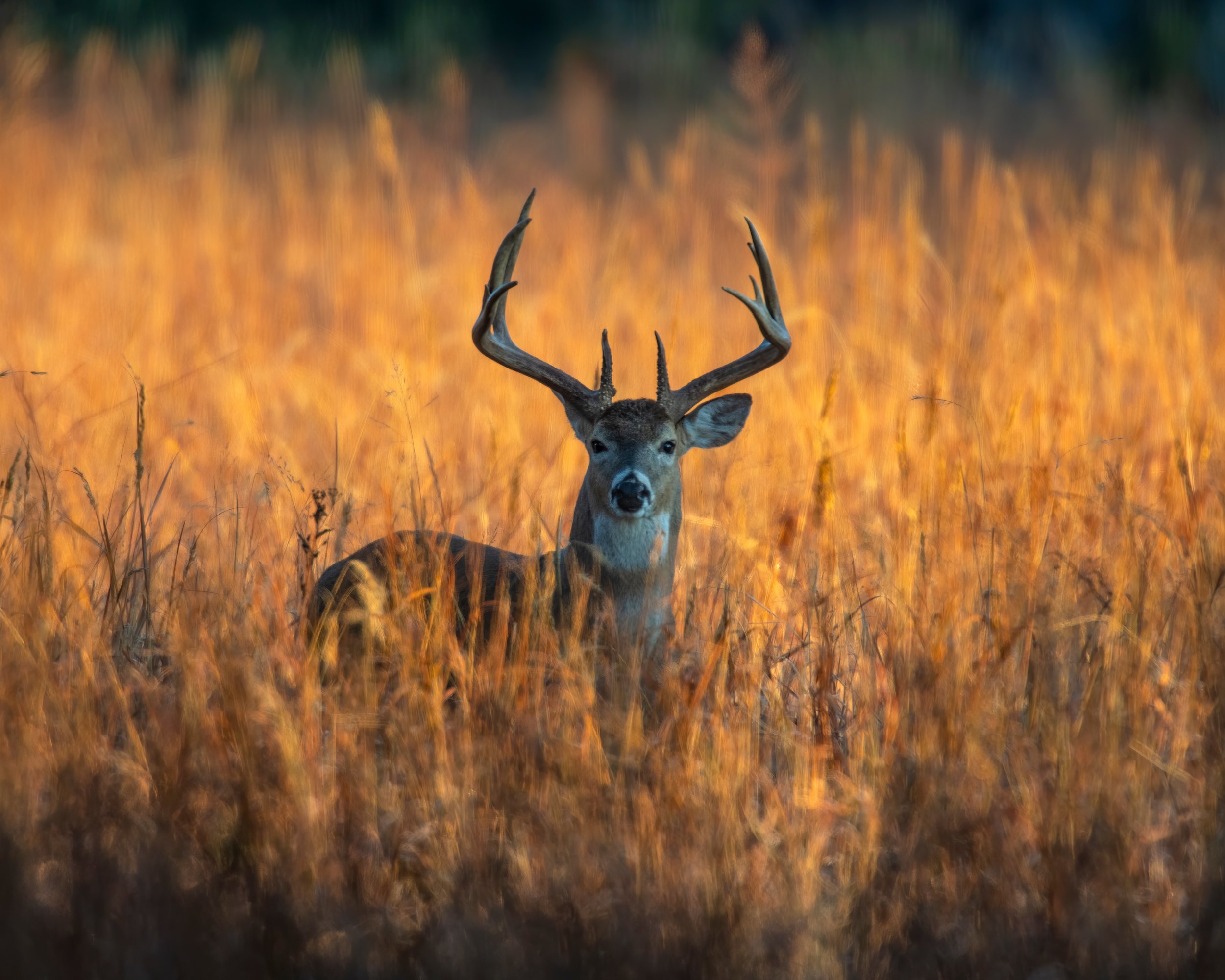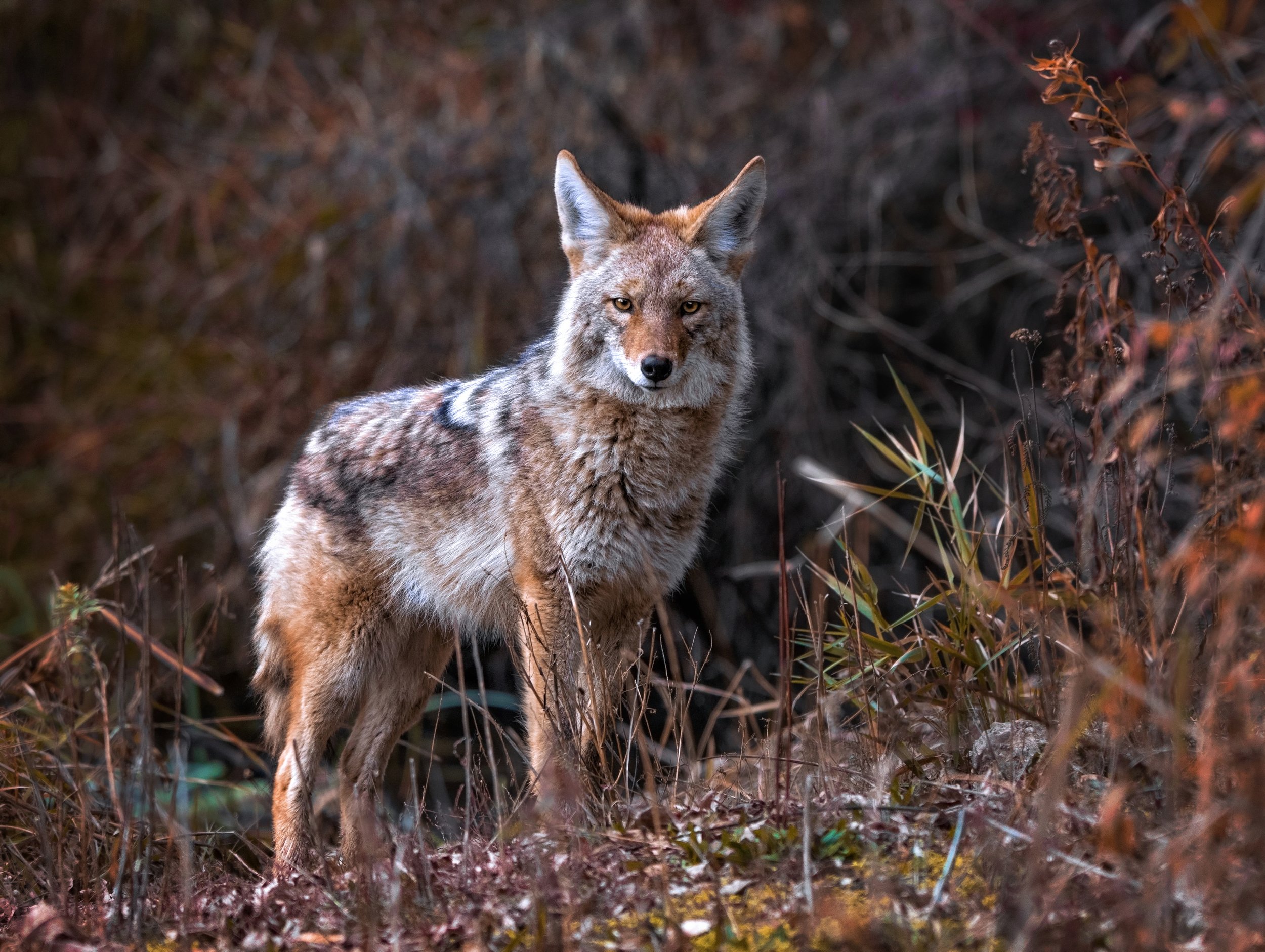
White-Tail Deer
The challenge and adrenaline rush of hunting a mature whitetail deer is truly unmatched in the world of hunting. The deep passion for pursuing these majestic creatures compels us to keep returning time and time again. Each of us understands the rollercoaster of emotions that come with the pursuit of that one prized buck. It demands unwavering dedication, unyielding persistence, and a reservoir of patience to finally secure the coveted prize. The triumph of completing the story of a particular buck is an unparalleled sensation. This shared passion fuels the highly skilled and knowledgeable team of hunters at CWT in their mission to help South Carolina foster a population of large, mature white-tailed deer.
There are five main areas of focus when trying to grow large deer.
Deer Density
To keep bucks from fighting over food, it's important to balance the number of males to females. We think one buck for every three does is best. Controlling doe numbers and keeping a good ratio also boosts breeding activity. South Carolina has the Deer Quota Program, like other states, which helps manage deer populations. Below is a summary of the program from the South Carolina Department of Natural Resources site. At CWT, we believe that the Deer Quota Program is an excellent way for South Carolina landowners and hunters to reach deer density goals.
Deer quotas are issued to qualifying land owners or lessees statewide who complete and submit an application along with a $50 fee prior to July 1. This program is generally better suited for landowners or lessees with large acreages. Under the DQP, a quota of antlerless deer tags is issued to a particular tract of land based on criteria including; density of the local deer population, condition of the local deer population, the size of the tract of land, presence of agriculture or agricultural damage, and the overall deer management objectives of the owner. Participants in the DQP also have the option of receiving a quota for antlered bucks. Buck quotas are based on the average number of acres per buck harvested as reported by program participants in the county in recent years.
Utilization of DQP antlerless tags is subject to the following restrictions. In Game Zone 1 tags are valid beginning Oct. 1. In Game Zones 2, 3, and 4 tags are valid beginning Sept. 15. Tags issued for a particular tract of land can only be used on that tract and they must be used on all deer (antlerless and/or antlered) for which a quota was issued. Tags do not alter the use of weapons during special weapons seasons. Statewide, Game Zone, and daily limits do not apply on properties enrolled in the DQP because the limit is on the property not the persons hunting the property. A harvest report must be completed by the applicant at the close of the season.
AGE
In our home State of South Carolina, our research has revealed a concerning trend: we consistently rank in the bottom 10% of states in the USA when it comes to the age of bucks harvested. This issue, as observed at Carolina Wildlife Trust, highlights a clear need for increased awareness and improved skills in accurately determining the age of deer.
Free Age Identification Course Coming Soon
|
Free Age Identification Course Coming Soon |
GENETICS
How Genetics Influence Deer Antler Growth
Genetics play a significant role in determining the size and structure of deer antlers. These majestic structures, often associated with dominance and mating success, are heritable traits that vary among individual deer due to their genetic makeup. Research has shown that certain genes influence antler size, shape, and branching patterns. By studying the genetic factors behind antler growth, scientists and wildlife experts gain valuable insights into deer populations, their health, and overall biodiversity. Understanding the genetic basis of antler development can further contribute to wildlife conservation efforts and the sustainable management of deer populations.
Nutrition
Nutrition is one of the factors of deer management that hunters and landowners have the most control over and will also do the most for increasing antler size. According to the Mississippi State Deer Lab, a white-tailed buck’s antlers can grow as much as “3/4 inch/week for yearlings and 1 ½ inches per week for adults during peak growth.”
A herd’s protein intake can have a vital impact on antler growth. The Mississippi State Deer Lab recommends an average of 16% protein for bucks from the spring through summer to achieve ideal antler growth. Protein sources for deer can include protein pellets sold at local feed stores, whole cottonseed, roasted soybeans. High percentages of protein are usually better received when introduced gradually. For example, starting with a mixture of 70 percent corn and 30 percent soybeans, then gradually increasing the amount of soybeans while decreasing the corn.
Vitamins and minerals are also an important part of bone mineralization and antler growth. Calcium and phosphorous are the two main ingredients that contribute to bone growth. Although there is a lack of evidence directly associating mineral sites with increased antler size, establishing mineral sites has been shown to grow larger, healthier deer, which tends to result in larger antlers.
Food plots are a popular method of getting quality nutrition to a herd. Soil quality is a large determinant of what can grow there. CWT encourages soil testing to ensure that the soil can hold the necessary minerals and nutrients for high-quality feed.
An additional method for nutrition for those who do not have access or availability to food plots is proper management of the Forest’s natural canopy to maximize acorn/nut yield.
Competition
Feral hogs: Hogs compete directly with deer for food sources like acorns, corn and mast. Destruction of habitat and food plots, and the spread of disease among wildlife are detrimental to high-quality deer management. Managing the wild hog population is vital to growing a strong, healthy herd of deer.
Coyotes are the main predator that white-tailed deer face in South Carolina. Coyotes were illegally imported to the state in 1978 for hound running, according to SCDNR. The South Carolina Department of Natural Resources reports that “since 2002, the SC deer population has declined by more than 30%” due to the growing coyote population preying on fawns. SCDNR tags and releases four coyotes per game zone per year, offering a $3000 reward for harvesting a tagged coyote. This program highlights the importance of managing coyote populations to effectively manage deer populations.






